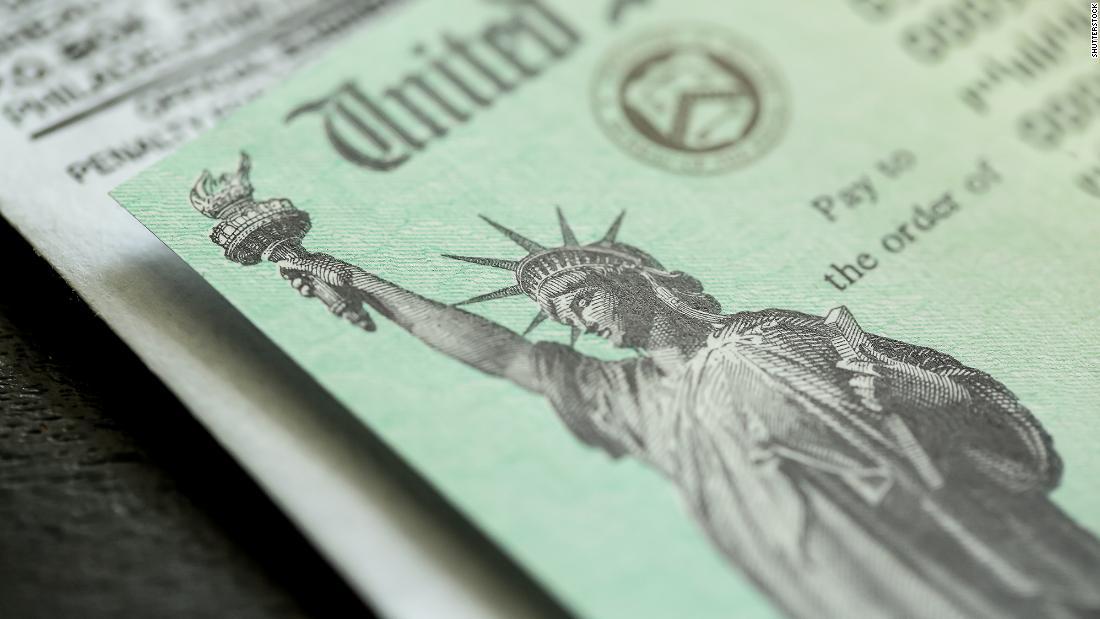The federal government has launched three rounds of stimulus checks to help people during the pandemic, but despite its political popularity, there is no proposal on the table to conduct a fourth round.
As the economy recovers, it is unlikely that Congress, which would have to approve the money, will consider more spending on direct payments.
While there is some support from Democratic lawmakers for the recurring payments, the party has a slim majority in the House and Senate and limiting the third round of payments was a key priority for the moderates during the negotiations for the latest aid package. for the pandemic approved in March.
Instead, lawmakers are focusing on a huge infrastructure bill that could be adopted this summer. A draft of the package endorsed by the two parties and released last week does not include any direct payments.
President Joe Biden is also pushing Congress to pass his American Family Plan, but that doesn’t require a fourth round of stimulus payments either. Instead, he calls for community colleges to be free, for childcare to be more affordable, and for paid sick and guaranteed family leave to be provided.
But there is still some help from the pandemic already approved by Congress on the way to American families. The Internal Revenue Service (IRS) is making payment adjustments for people who lost income during 2020 and must receive more money than they originally received, and some families are preparing to receive advance payments of the tax credit by children expanded.
Some people are still getting the federal boost to unemployment benefits, although several states have terminated those early payments in an effort to get people back to work.
Other stimuli still continue
Most of the third round of payments has been delivered, but some money is still being sent to those who lost income during 2020 and qualified for more than they had initially received.
Known as “additional” payments, the money automatically goes to people whose 2020 tax returns show they missed the first two rounds of checks, which were sent based on 2019 tax returns. More than 8 million people received these additional payments this year.
The government also continues to send payments to people the IRS didn’t have enough information about but who recently filed tax returns. Many of them are very low-income people who are not normally required to file tax returns because their income falls below the filing threshold. They were encouraged to apply this year to claim the stimulus money for which they are eligible.
More money is on the way for families with children
The pandemic relief package approved in March also increased the size of the child tax credit. Those payments will be sent periodically starting July 15.
More than 36 million families may be eligible for the payments. Most will not have to do anything to receive the money, which will be based on the information provided on the 2020 or 2019 tax returns.
Parents can now verify their eligibility online using a new IRS tool, as well as opt out of receiving monthly payments, and instead receive the full credit as a lump sum when they file their tax return next year. Low-income families who do not normally file taxes can also register for payments online.
Those payments will technically be an advance on a 2021 tax credit. Eligible parents will receive $3,600 for each child under 6 and $3,000 for each child under 18. Until now, the credit was only US $2,000 per child under 17. At least half of the amount will go over the summer and the rest will be added to next year’s tax refund.
The enhanced portion of the credit will be available to single parents with annual incomes of up to $75,000 and joint taxpayers earning up to $150,000 a year.
Congress also made the child tax credit fully refundable so more low-income families could benefit. Previously, if the credit exceeded the taxes owed, parents could only receive up to $ 1,400 as a refund. These households must also have earned income of at least $ 2,500. The change could make another 20 million children eligible.

